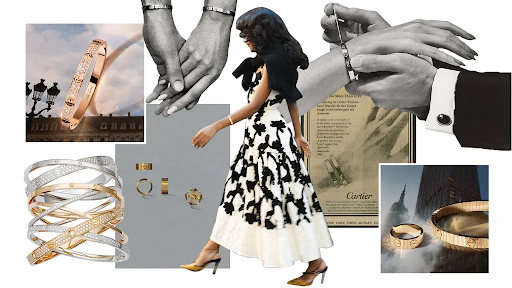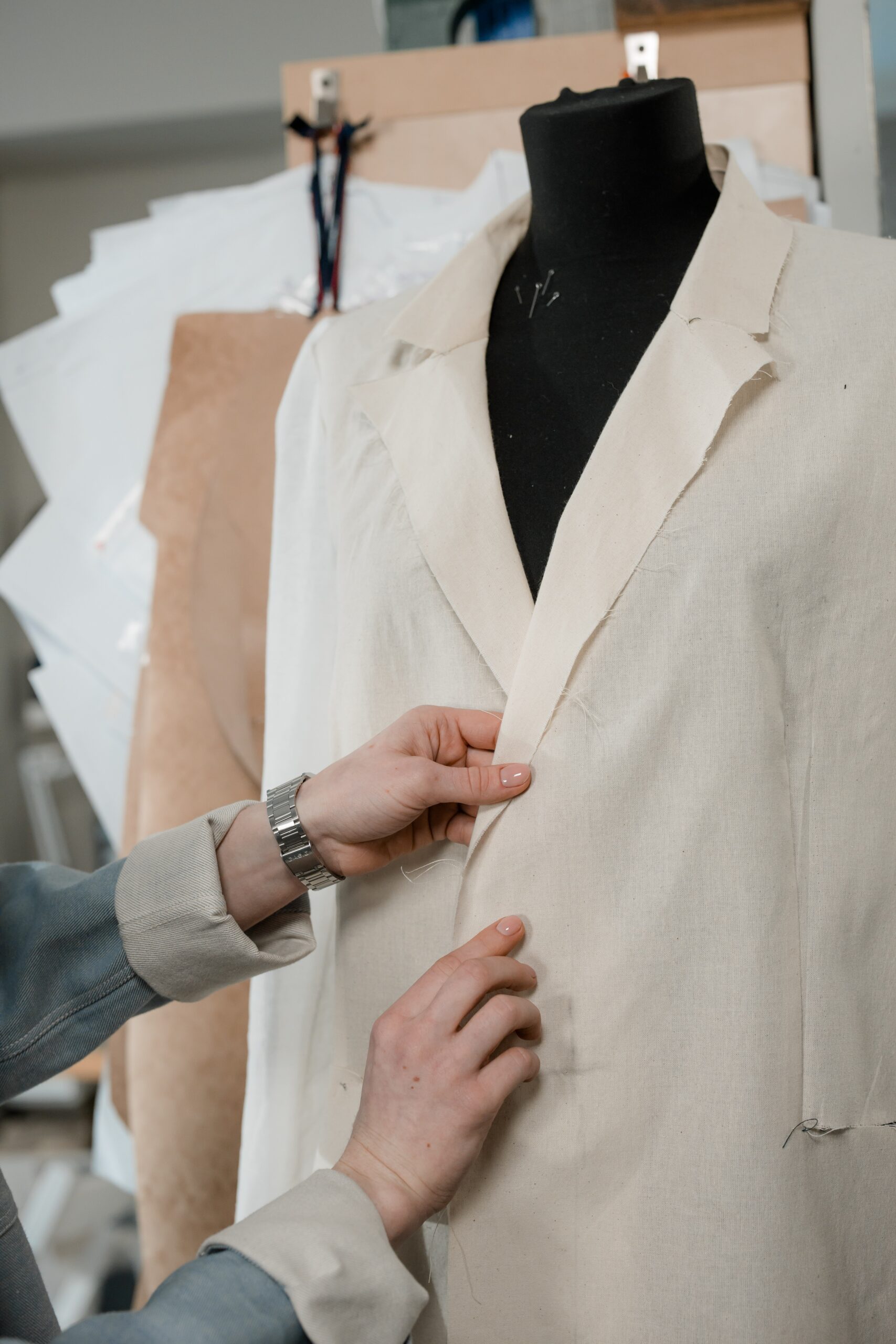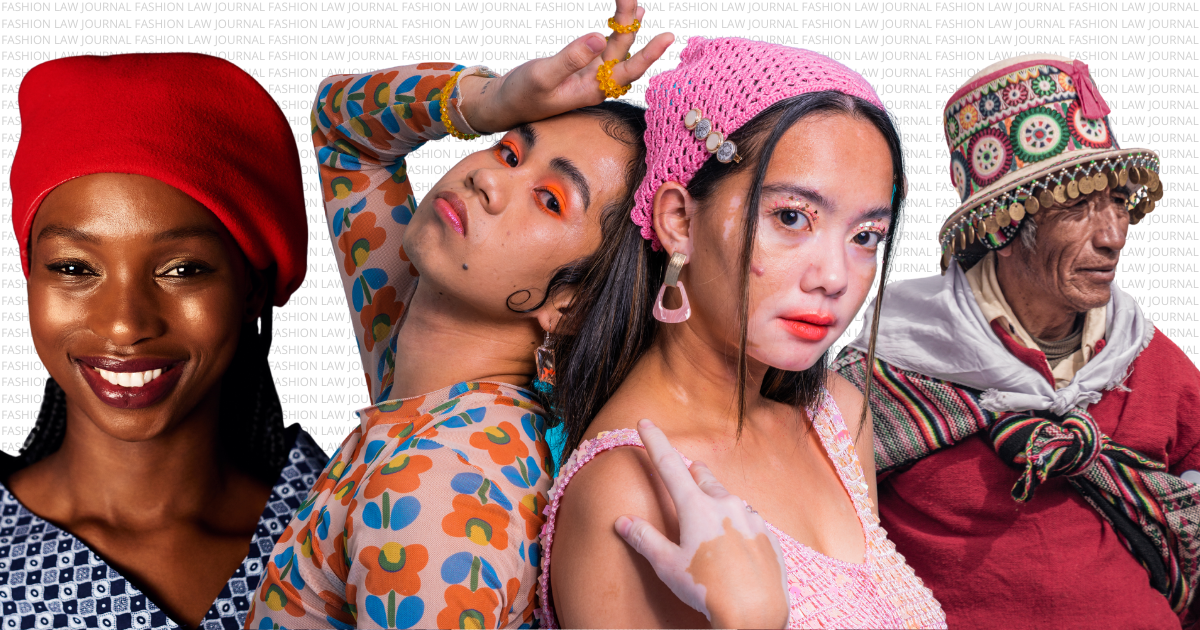Introduction to ADR
A question that is often posed in front of various fashion designers, their labels and even big fashion brands is how to resolve any dispute. Like any other layman, they seek legal counsel but what is missing from their understanding is the knowledge of ADR and its multiple forms in which it offers dispute resolution. Alternative Dispute Resolution is a process that is quite different from the traditional approach used to resolve disputes, i.e., litigation. Different types of ADR Mechanisms are:
Negotiation: An approach wherein parties resolve the disputes by themselves and their legal counsel without any third-party intervention.
Conciliation: An approach wherein disputes are aimed to resolve with the help of a conciliator who meets with parties separately. Based on that, the conciliator proposes a settlement that the parties may or may not agree to.
Mediation: An approach wherein the mediator facilitates the process of dispute resolution and help parties reach an agreement on their own which is beneficial for both.
Arbitration: An approach wherein an arbitrator or a tribunal of arbitrator plays a judge’s role while resolving a dispute in front of them. Their interference in the matter is direct except that the proceedings are not in a court. They hold power to call witnesses or examine the evidence provided by the legal counsel. The award which they render has a binding nature, and parties cannot ignore it.
All mechanisms listed above are fast-paced and cost-efficient. They do not take years like judicial trials and court proceedings before delivering a judgement. They are quite beneficial because they not only help parties to prepare their settlements but also help in maintaining cordial relations between them. Another pertinent point that must be kept in mind is that every ADR mechanism is consensual, which makes the entire purpose of dispute resolution more effective in its essence.
Disputes in the Fashion Industry
Multiple types of disputes can be found in the fashion industry, largely depending on what kind of segment the dispute has arisen. It can range from the very beginning, when the creator is at its creative stage, to the very end when the product has been finalised and is out in the market. As per World Intellectual Property Organisation (WIPO) Mediation and Arbitration Centre[1], here is a list of potential areas of dispute
- advertising
- agency agreements
- brand management
- copyright and related rights
- distribution agreements
- event management
- franchising agreements
- image rights
- industrial design rights
- internet retail and e-commerce
- IP infringements
- licensing agreements
- manufacturing agreements
- marketing agreements
- patents
- product development
- software
- sponsorship agreements
- trademark
It also lists down the potential parties which are involved in the disputes
- agents
- designers
- distributors
- event organisers
- fashion houses
- inventors
- non-profit foundations
- manufacturers
- model agencies
- service providers
- sponsors
- retailers
- television and media companies
However, the protection of ideas and the original content which a designer draws from a source of inspiration is always in dispute. These usually come within the ambit of Intellectual Property Rights. These are given to persons over the creations of their minds. In the fashion industry, industrial design rights are for the protection of a particular design; it must be registered, or else one can be subjected to the case of counterfeiting. Such disputes can involve complex legal issues.
Other definite types of disputes can arise in the compliance part as a designer creates every fashion creation for commercial purposes, which inevitably brings out the business side of the fashion industry. Like all other businesses, even fashion brands or a single designer will be subjected to legal issues relating to contract, delivery, manufacturing, brand compliances, including licensing, labour laws, outsourcing, environmental protection, etc., to name a few.
Some disputes also arise in the marketing and promotion area, especially relating to the brand endorsement[2] and advertisements done by celebrities or by lifestyle/fashion influencers online as per the latest trends. Disagreements between them and the brand may lead to any form of dispute.
Cybersquatting refers to online ransom where someone misuses a domain name with the intent to make a profit from other’s trademark goodwill.[3] Often the domain names are similar, which can easily confuse the not so aware consumers. In a 2018 report by the WIPO arbitration and mediation centre, famous brands such as Fendi, YSL, & Givenchy have sought ADR mechanisms to resolve this issue on a fast track basis.
Need to resolve such disputes
As we can see, even the cybersquatting issue, which is usually within the ambit of criminal law and is an offence, is resolved by ADR mechanisms as per parties wish. This is because the fashion industry is very fast-paced. It is so versatile and dynamic that it is constantly evolving and changing with time. It is difficult for a brand or a designer to move ahead if any kind of issue remains unresolved. This industry demands a quick response as most of the brands fall under the fast fashion category, where the aim is to manufacture quality trendy products in a short period. If taking the road towards litigation, there will be plenty of time bumps and an increase in legal expenses as the disputes may last up to many months and years before being resolved. Not only that, in the fashion industry, many cross border disputes arise as it spread and dealt across all over the world, so often we’ve found our clothes designed somewhere else and manufactured somewhere else, and if at all any dispute arises between two parties who do not share the same jurisdiction, court litigation itself becomes almost impossible, and the only way to resolve such disputes is through international mediation or International arbitration. Some other advantages which are associated with ADR are listed below.[4]
- Party Autonomy is given the utmost importance to ensure that both the parties are satisfied with the agreed settlement and business can be carried forward without any remaining issues. It is also used when selecting an arbitrator having expertise in the subject matter.
- A single procedure is involved that makes sure that all the disputes are covered even if they do not belong to a single jurisdiction.
- Confidentiality helps the parties focus on their advantages arising from the dispute without any fear of public scrutiny, which can hamper their public reputation.
- They also help preserve business relationships and make sure they can continue their alliances for future collaborations where both of them will benefit.
As we all know by now, time and cost savings are fundamental reasons parties prefer to adopt the ADR process.
Some setbacks during the resolution process
Like any other good thing, even ADR mechanisms carry some limitations and setbacks. Although in the fashion industry, one may not give weightage to this as they do not limit the ultimate goal of resolving disputes except in some cases where parties can’t afford to be flexible. One of the biggest setbacks in ADR for the fashion industry’s related dispute is limiting the discovery process, which is essential for trademark disputes. It may reduce the scope and cost allocated for such discoveries, which otherwise are allowed in the traditional litigation approach. One thing which also needs to be kept in mind is that it is not necessary that a solution may arise even if the parties become flexible on their end and what once was considered an investment may turn into a waste of resources. Sometimes parties do not have a choice but to resort to the mandatory arbitration clauses inserted in a contract if any kind of dispute arises between them. Unless both the parties waive this clause, they must go through the process laid down in the clause. Often arbitration clauses are hybrid, i.e. they include various mechanisms of ADR within a clause an example would be med-arb-med or neg-arb-med, etc. where parties can try mediation or negotiation first for some disputes and later they can seek remedy for the remaining issues via arbitration and even then if some disputes are left those can again be resolved in negotiation or mediation whichever the parties may prefer. When it comes to arbitration, the only setback is that once an award is rendered, it is binding in nature, so it may happen that sometimes a party do not benefit from it simply because the other party won. Moreover, arbitration awards are only limited to monetary issues; they cannot issue an injunction and compel a party to act or not to act in a certain way.
All these aspects must be kept in mind, and it is totally on parties to decide whether they are ready to take such risks if they arise.
Indian Scenario
India has a history of the textile industry from before independence. This is because India has been a land that is quite rich for extracting different types of raw materials used for making cloth or any fashion product. Even for sustainable fashion, the materials required, such as jute, cotton, and bamboo, is widely available in India. Besides that, with the advent of globalisation and relaxed foreign investment policies, India became a hub of all things fashion. Imported brands made their presence and got a huge profit from targeting upper-class people. Many Indian designers also started to target a specific group and sell their products with an exclusive label. However, trends have flipped as we see many fast fashion brands have made their presence within the middle-class people. They aim to maximise sales by reducing the price at an affordable rate. Even after this, a large population in India still can’t afford and access such brands, and it’s only because of this we’ve seen multiple counterfeit practices take place which infringes a lot of rights of such brands such as Adidas and Nike, to name a few. Apart from that, new fashion brand companies continue to grow and make their presence in the Indian market, leading to more disputes for which ADR is an excellent choice. Here is a list of some legislations in India which protect fashion designs[5].
- The Copyright Protection Act, 1957 aims to protect any original literary, musical, dramatic and artistic work. It only provides an exception for fair use and compulsory license.
- The Patents Act,1970 protects the inventions which can be integrated with a product. Fashion designers can only claim a patent for a particular invention they’ve made, be it any procedure for making a product or maybe the product itself.
- The Design Act, 2000 is the one that protects every original design a designer makes, be it two dimensions or three dimensions in nature.
- The Trademarks Act, 1999 protect the brand name mostly. They protect the name, product shape, graphics, letters, even words and colour combination. Fashion companies mostly prefer trademark law within IPR as it covers most of the things for them via registration.
International Scenario
Internationally, fashion has always been moving from different continents; styles and trends have been shared across the globe. However, this certainly calls for newer challenges and cross border trade, and transactions have increased. This is why stakeholders from the fashion and luxury industry seek an efficient way of resolving disputes. World Intellectual Property Organisation (WIPO) is the one-stop destination for adopting ADR mechanisms for any dispute resolution. WIPO ADR Services for Fashion Disputes include the WIPO arbitration and mediation centre[6], which aims to provide guidelines and procedures for cost and time effective mediation and arbitration. Established in 1994, it is an independent body of WIPO and a leading global centre for resolving internet domain name disputes. A few examples are cases where a mediation process for distribution dispute for luxury goods was resolved; in this case, the dispute was between a European watchmaking company and a US-based distributor company. Also, with the help of arbitration, a trademark coexisting of a luxury good was resolved where a trademark specialist arbitrator was appointed. As per his award, the Asian company in dispute with a European company claimed remedy. WIPO also offers a Fashion Panel of Neutrals which includes top-class experts in mediation and arbitration. Parties can select mediators or arbitrators as per their requirements. Apart from this, WIPO actively advocates and provides guidance and pieces of training to practitioners who are interested.
Conclusion
It Is safe to say that the fashion industry is driven by trends, which do not stay for a long time. Fashion designers and brands need to up their game almost every season to keep up with such trends. Whether it’s a creation of a new trend or a reemergence of a past trend, with so much creativity around, disputes are bound to happen. In addition to this, after the pandemic, there is a rise in the usage of e-commerce retailing, and new disputes are already at our doorsteps. Thus, people working in the fashion industry must resort to ADR and its mechanisms to thrive faster and better.
References:
[1] WIPO, Arbitration and Mediation for Fashion, WIPO, https://www.wipo.int/amc/en/center/specific-sectors/fashion/
[2] Abey Thomas, ADR in India’s Fashion Industry, DE LEX DOCTRUM, https://delexdoctorum.com/?p=6822
[3] The Fashion Law, Fashion Brands continue to be among the most attractive target for Cybersquatters, THE FASHION LAW, April, 05, 2019 https://www.thefashionlaw.com/fashion-brands-continue-to-be-amongst-most-vulnerable-to-cybersquatters/
[4] Heike Wollgast, Chiara Accornero, Ida Palombella, Federica Caretta, Managing Risks and Disputes in the Fashion Industry, WIPO MAGAZINE, March 2021 https://www.wipo.int/wipo_magazine/en/2021/01/article_0008.html
[5] Abanti Bose, Why the fashion industry should adopt alternative dispute resolution: An Indian Perspective, IPLEADERS, May 28, 2021, https://blog.ipleaders.in/fashion-industry-adopt-alternative-dispute-resolution-indian-perspective/
[6] Chiara Accornero, Resolving Fashion and Luxury Dispute through WIPO Mediation and Arbitration, TAILORED, https://tailored.gr/portfolio_page/resolving-fashion-and-luxury-disputes-through-wipo-mediation-and-arbitration/

















